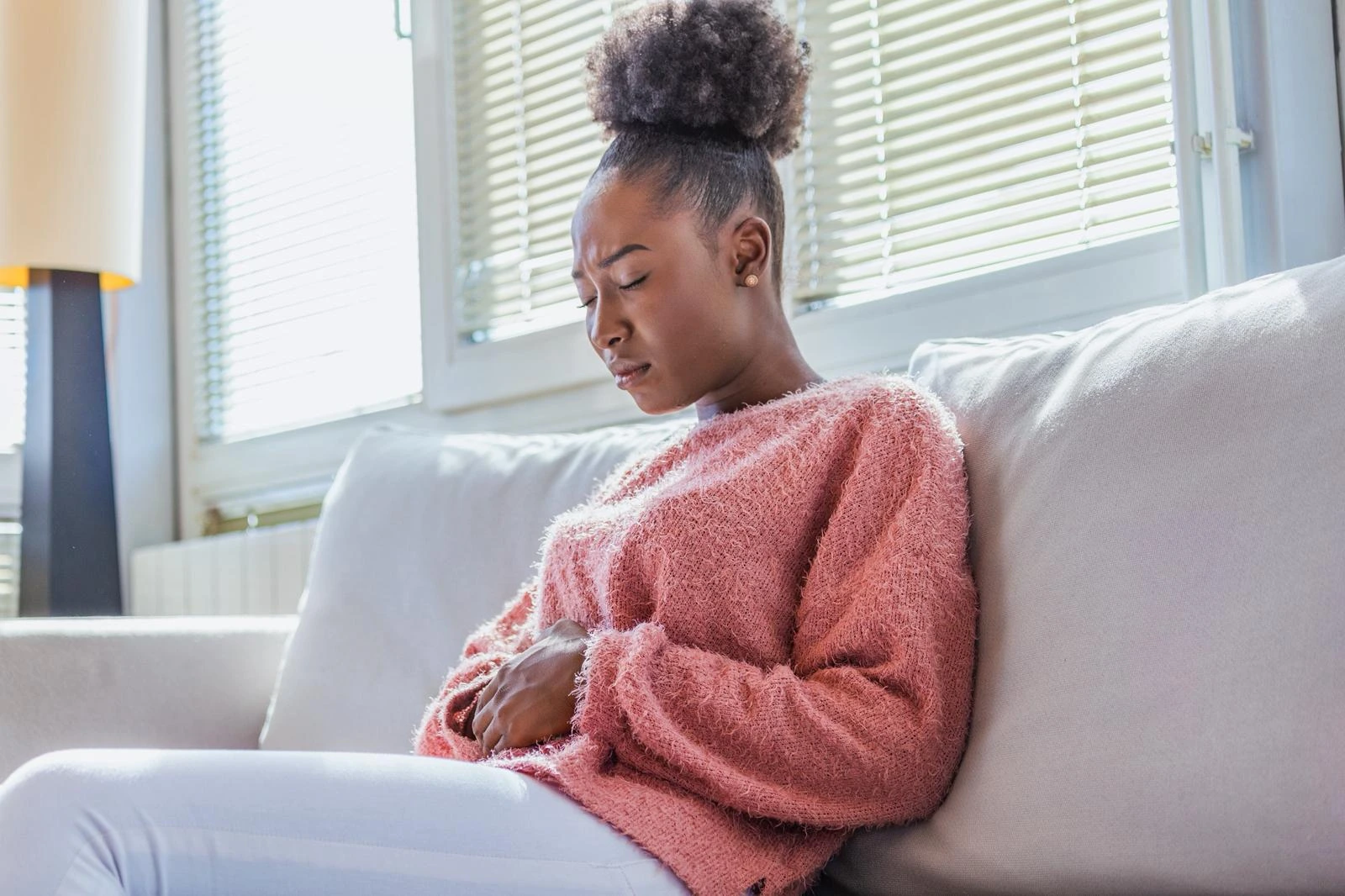
Understanding Endometriosis
Endometriosis is a long-term condition that causes significant pain for many women. Learning how to relieve pain from endometriosis can greatly improve your quality of life. This article explores effective strategies to manage and reduce endometriosis-related pain.
What is Endometriosis and Its Pain Symptoms
Endometriosis happens when tissue like the uterine lining grows outside the uterus. For example, it can grow on the ovaries, fallopian tubes, or the pelvic lining. In rare cases, it may even affect the bowel or bladder [1]. Each month during your period, this tissue gets inflamed and painful. Over time, it can cause scarring or adhesions (bands of scar tissue).
Here are some common symptoms:
- Severe period cramps (dysmenorrhoea)
- Ongoing pelvic pain
- Pain during or after sex (dyspareunia)
- Painful bowel movements or urination during periods
- Lower back or belly pain
- Fatigue and nausea during periods
Interestingly, pain levels don’t always match the condition’s stage. Some women with mild endometriosis feel intense pain, while others with advanced stages may feel little discomfort.
Why Relieving Endometriosis Pain Matters
If left untreated, endometriosis can cause problems like:
- Infertility from scar tissue
- Ovarian cysts (endometriomas)
- Adhesions that affect how organs work
- Constant pain that harms your mental health and daily life
For this reason, finding ways to relieve pain early can prevent these issues and boost your well-being.
Proven Ways to Relieve Pain from Endometriosis
Luckily, there are several proven methods to relieve pain from endometriosis. Here’s what works:
1. Medication
- Pain relievers (NSAIDs): Drugs like ibuprofen or naproxen reduce inflammation and ease period pain. Take them early for best results.
- Hormonal treatments: Birth control pills, progestogens, or GnRH analogues stop periods, which can lessen pain [4].
2. Surgical Intervention
- Laparoscopy: This small surgery removes endometriosis tissue or scars. It often reduces pain and helps fertility.
- Hysterectomy: In tough cases, removing the uterus might be an option. However, it’s usually the last choice if you don’t want kids anymore.
3. Complementary Therapies
- Acupuncture: Some people find it reduces pelvic pain [5].
- Diet changes: Eating anti-inflammatory foods—like fruits, veggies, and omega-3s—may provide endometriosis pain relief.
4. Physiotherapy and Exercise
- Pelvic physiotherapy: It eases muscle tension and improves pelvic health.
- Gentle exercise: Yoga, pilates, or walking can lower inflammation and stress, cutting pain.
5. Psychological Support
- Therapy (CBT): Cognitive behavioural therapy helps you cope with chronic pain and stress.
- Support groups: Talking to others with endometriosis can make you feel less alone and give you ideas to manage pain.
Lifestyle Changes to Help with Endometriosis Pain
Besides treatments, simple changes can support endometriosis pain relief:
- Heat therapy: A heating pad on your pelvis can soothe cramps.
- Stress relief: Try meditation or deep breathing to calm down, as stress can worsen pain.
- Good sleep: Rest helps your body handle pain better.
Common Misconceptions About Endometriosis Pain
Misconception: Bad period pain is normal.
Fact: Mild cramps are common, but severe pain that stops your daily life isn’t. It could mean endometriosis.
Misconception: Endometriosis always means infertility.
Fact: Many women with it still have kids naturally or with help. Early treatment boosts your chances.
When to Seek Professional Help for Endometriosis Pain
If you have strong period or pelvic pain, see a doctor soon. Early diagnosis can improve how you manage symptoms and avoid complications. Specialists, like gynaecologists or pain experts, can build a plan just for you to relieve pain from endometriosis.
Conclusion
Effective endometriosis pain relief is within reach. By using medical treatments, lifestyle tweaks, and support, you can feel better and live well. If this helped you, share it with others who might need it. You’re not alone in this!
References
- Giudice, L.C. Clinical Gynecology Endocrinology and Infertility.
- Zondervan, K.T., et al. Endometriosis: Science and Practice.
- Nezhat, C. et al. Nezhat’s Video-Assisted and Robotic-Assisted Laparoscopy and Hysteroscopy.
- Casper, R.F. Clinical Reproductive Medicine and Surgery.
- Mills, D. The Endometriosis Health and Diet Program.
LTF Editorial Team
The Love to Feel editorial team is a collective of passionate health writers, researchers, and lived-experience advocates dedicated to shining a light on endometriosis, dysmenorrhea, and everything that comes with them. We dive deep into the latest science, decode complex medical jargon, and center real stories to create content that informs, empowers, and supports. From expert-led guides and lived-experience features to practical tips, interviews, and myth-busting explainers, we’re here to help you navigate the messy, painful, and often misunderstood world of chronic pelvic pain and menstrual health—with empathy, accuracy, and a drive for change.